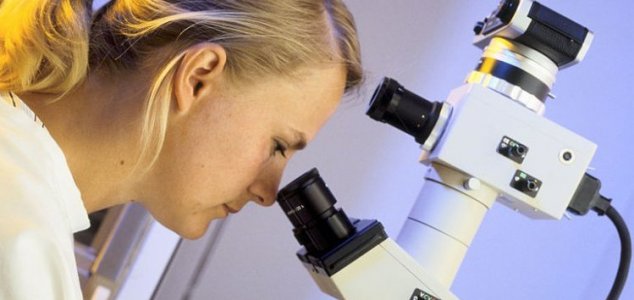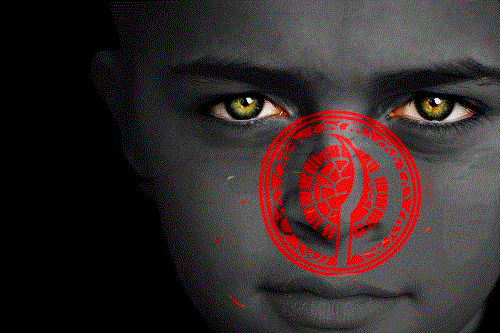
DNA identification techniques have long proven to be an invaluable part of any forensic scientist’s toolkit, but while comparing samples of a perpetrator’s DNA with those of a possible suspect can help to conclusively place that person at the scene of a crime, determining the identity of the culprit from their DNA alone can be a lot more challenging.
Now in a renewed effort to get around this problem, researchers are working on a way to use someone’s DNA to create a forensic reconstruction of their physical appearance.
The technique is based on new research in to the way many of our facial features, such as the shape or our nose or the width of our face, are controlled by our genes.
“There is a great deal of evidence genes influence facial appearance,” said Dr John Shaffer.
“This is perhaps most apparent when we look at our own families, since we are more likely to share facial features in common with our close relatives than with unrelated individuals.”
“Our ability to connect specific genetic variants to ubiquitous facial traits can inform our understanding of normal and abnormal craniofacial development, provide potential predictive models of evolutionary changes in human facial features, and improve our ability to create forensic facial reconstructions from DNA.”
Originally posted 2016-09-16 17:36:13. Republished by Blog Post Promoter













